Varicose veins orFlaberism- It is a systemic pathological change of veins, which is accompanied by their expansion, elongation, bending and the formation of nodules, which disrupts the work of venous valves and disrupts blood circulation.
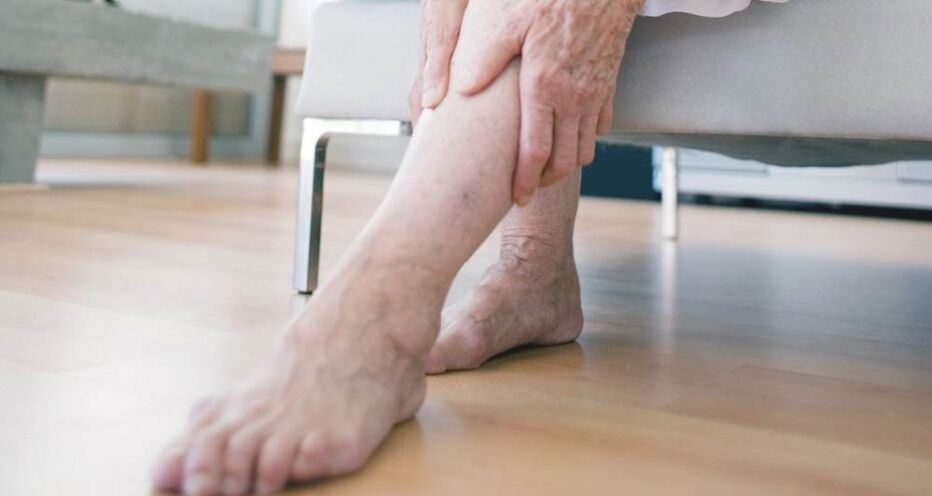
Changes in blood flow almost always cause changes in the body. The movement of blood in the veins depends not only on the condition of the blood vessel wall, but also on the condition of the venous valve, the work of which creates blood flow, regulates the direction and strength of the flow.In healthy veins, there is a certain balance between venous thickness, venous tone, and valve activity.. When one of these elements changes, the load on the others increases. For example,When the valve is functioning, blood circulation will slow downLarger volumes of fluid begin to accumulate in the veins, causing the load on the walls to increase, which subsequently loses elasticity and stretches. All of these changes can lead to blood stagnation in the lower extremities, which can result in inflammation, pain, and swelling due to improper nutrition of the tissues.
Symptoms of varicose veins
Pain is one of the earliest symptoms that can appear at any age and should be addressed.
- Stage 1:Discomfort occurs at the end of the working day, there may be tingling and burning in the legs. This indicates an increased load on the venous system of the legs.
- In stages 2 and 3:Appearance of stretching pain and calf muscle cramps.
- 4 stages:Strong pains of a tense and arched nature that cause lameness.
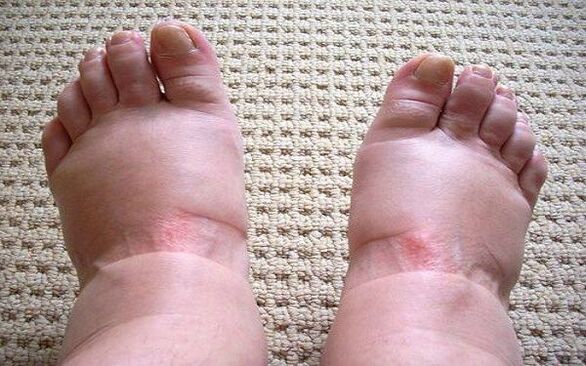
SwellingIt is also included in the symptoms of this disease and may appear from its early stages. UsuallyThe severity of the swelling varies from foot to foot, Since absolutely identical disorders are rare. Varicose veins in the legs should be distinguished from edema in heart failure.
Itching- One of the most common symptoms after pain. It can appear in the first stages as well, but is most often observed in the 2nd and 3rd stages of the disease.
Why itchy feet with varicose veins?
HeIs associated with dilation of the vascular wall and the reaction of the nervous system in tissues. Due to the expansion of the vein, it clings to the surrounding blood vessels and capillaries, which can damage them and the nerve endings transmit these sensations in the form of itching, or the impact on the nerves will be direct.
It should be noted thatThe itching will be internalAnd most often does not bring relief when trying to influence it by external means.
What do varicose veins look like on the legs?
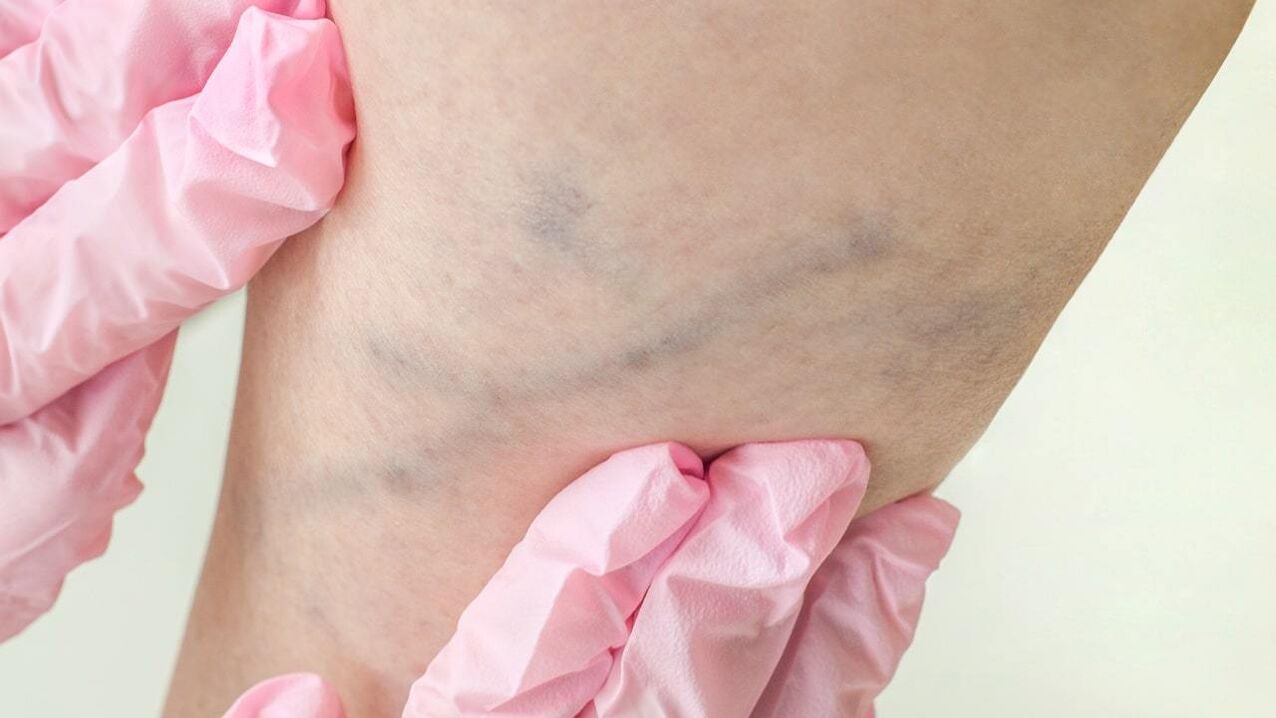
You need to know the answer to this question and have some idea about the disease so that you do not panic prematurely and start treatment for a non-existent disease.
In addition to physical discomfort, the disease is also manifested by external signs:
- Thin blue net on legsThis is not a cause for panic as it is a symbol of the defeat of superficial blood vessels, but if it grows in the area, becomes clearer or starts to bulge, this is a direct way to make an appointment with a specialist and review your lifestyle.
- Bruising and bruisingMay indicate vascular damage and subcutaneous bruising from it, this is caused by a sharp load on the veins. Typically, this symptom indicates disease progression.
- The appearance of red spots on the feet, Peeling of the skin and its thinning indicates the atrophic processes characteristic of the last stages of the disease.
Prevention and treatment of varicose veins
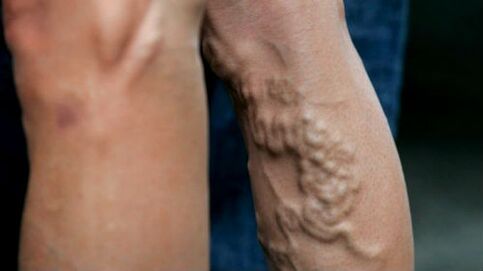
Basic actions and procedures for the prevention and treatment of varicose veins:
- RecommendedGet activeeveryday. Walking, yoga and jogging will be very useful sports for the health of the veins of the lower extremities.
- Prolonged standing increases stress on muscles and veins.
- Avoid cross-legged posture, Compresses veins and impedes blood circulation.
- Do not over-indulge in hot bathsAnd saunas, prolonged exposure to high temperatures affects the tone of blood vessel walls.
- Do not wear narrow pants, Give preference to loose clothing and comfortable underwear.
- ᲪCood habitsAnd especially smoking - negatively affects the tone of blood vessel walls.
- Light foot massageIt is a good means of prevention.
- UdmiviSpecialist visitAlong with the existing problem it is also necessary.
Prevention of varicose veins in the legs in women
- Pay attention to the clothing items in your wardrobe. CostsAvoid socks and stockings with overly tight elastic bandsTo raise a leg.
- The choice of shoes should also be taken seriously:High-heeled shoes should not be worn on a daily basis, Also carefully choose shoes with laces and ropes, especially on the ankle.
Treatment of varicose veins
Treatment should beUnder the supervision of a phlebologist. After laboratory and instrumental diagnosis, the specialist determines the degree of the disease and prescribes treatment.
There are several methods of treatment: drug therapy, surgery, exercise therapy.
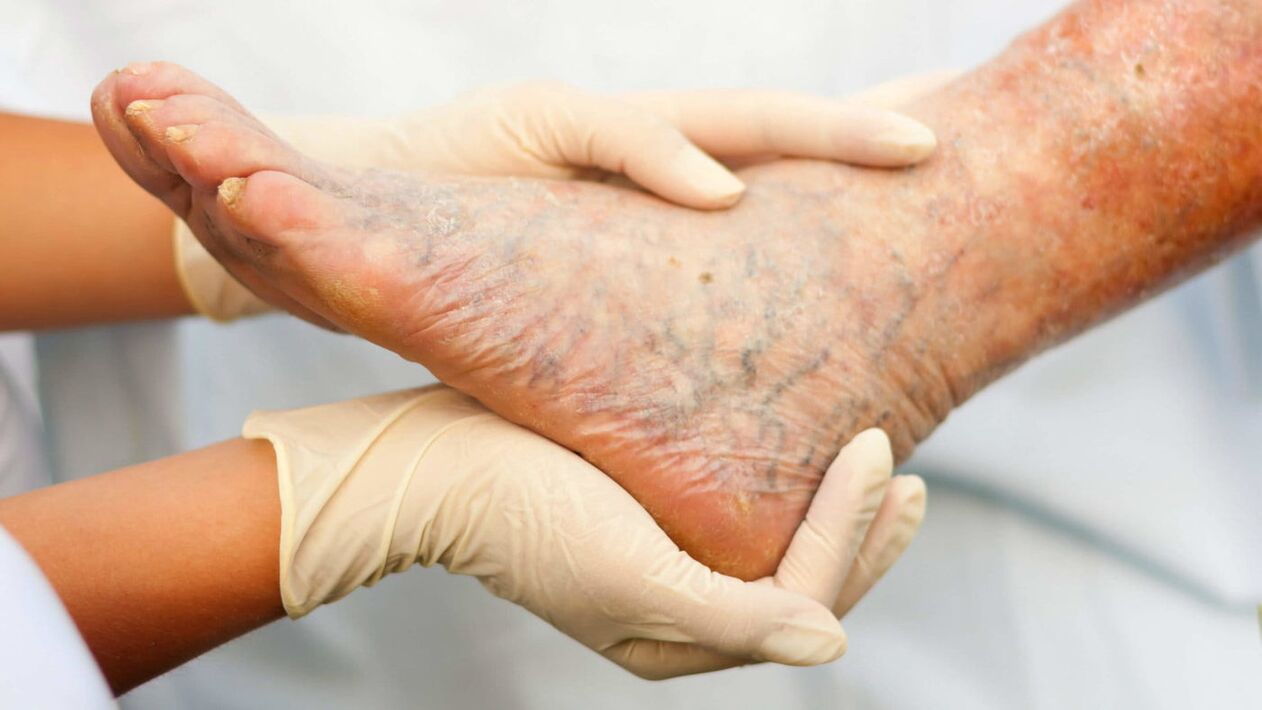
Medical therapy includes:
- Anticoagulants (to thin the blood);
- Antiplatelet agents (prevent thrombus formation and improve tissue nutrition);
- Venotonics;
- Nonsteroidal anti-inflammatory drugs for severe pain and inflammation.
Surgery includes:
- Laser coagulation method: eliminates surface defects in the form of superficial grids and stars;
- Sclerotherapy: "Venous adhesion" with the introduction of special substances and disconnection from the bloodstream;
- Phlebectomy: Surgical removal of a vein.
Exercises for varicose veins in the legs
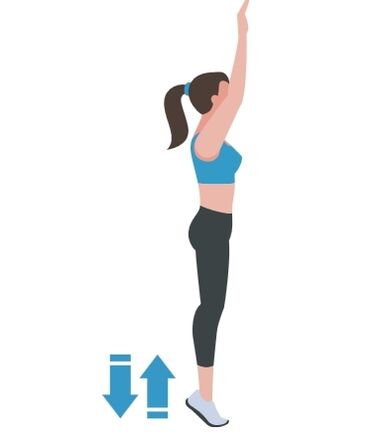
Combined physical activity and exercise helps to deal with varicose veins.
- Standing, feet shoulder-width apart, hands across body.We pull on the toesHold in this position for 2 seconds and drop sharply on the heels.
- Standing on your feet, hands resting on the wall or back of a chair, rolling from heels to toes and vice versa for 2 minutes.
- It will be a useful exerciseWalk on the ground, Socks do not come off the floor. Also usefulWalk on toes or heels.
- Lie down, lift your legs and performMovement "Bicycle".
- Sitting position: AlternateBend and spread your legs, Then legs.
Folk remedy for varicose veins on the legs
Treatment with herbal ingredientsMany doctors prescribe it along with basic medication or exercise therapy. It is also welcome in the early stages of the disease when the course of the disease has not yet begun.
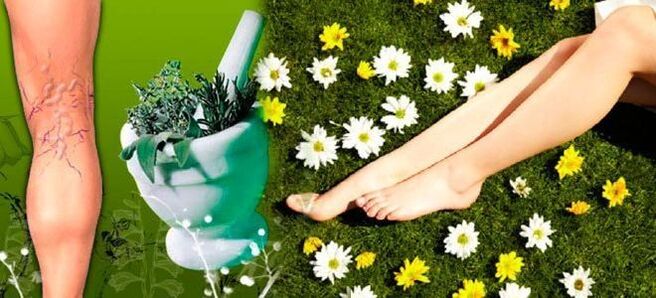
Which foods are best for vein health?
- Nutmeg. It is welcomed as a food supplement, decoction and tincture.
- Lemon: Tinctures, lemonades, oils.
- ginger: Very useful with lemon, as well as with decoctions, tinctures, compresses.
- CompressesWhite cabbage, oils, honey on more painful areas will relieve your symptoms.
- ᲗuSwollen leg due to varicose veins: Aloe, burdock compress to help relieve swelling. In addition, they give a good effect.Decoction of blueberries, wild rose, quince, thyme, oregano.
Folk remedies for varicose veins in the legs promote rapid recovery and do not cause complications, which can lead to drug treatment.
The most important thing in treatment is to understand that in advanced cases folk remedies do not give a strong effect, thereforeIt is necessary to consult a specialistAnd do not choose treatment yourself.
If the disease is present in an older person, then he or she will need help to perform exercise therapy correctly (which will be an integral part of therapy) as exercises in the elderly may vary.
Similarly, it is essential to select correctly and in a timely mannerDrug therapyTo prevent additional complications on the body. For example,Improper treatment can result in superficial and deep vein thrombosisResulting in severe inflammation and even necrotic processes, trophic ulcers that take a long time to heal.
To avoid dangerous complications, seek the advice and help of specialists, especially if you can not independently control the treatment and follow all the necessary recommendations.












































